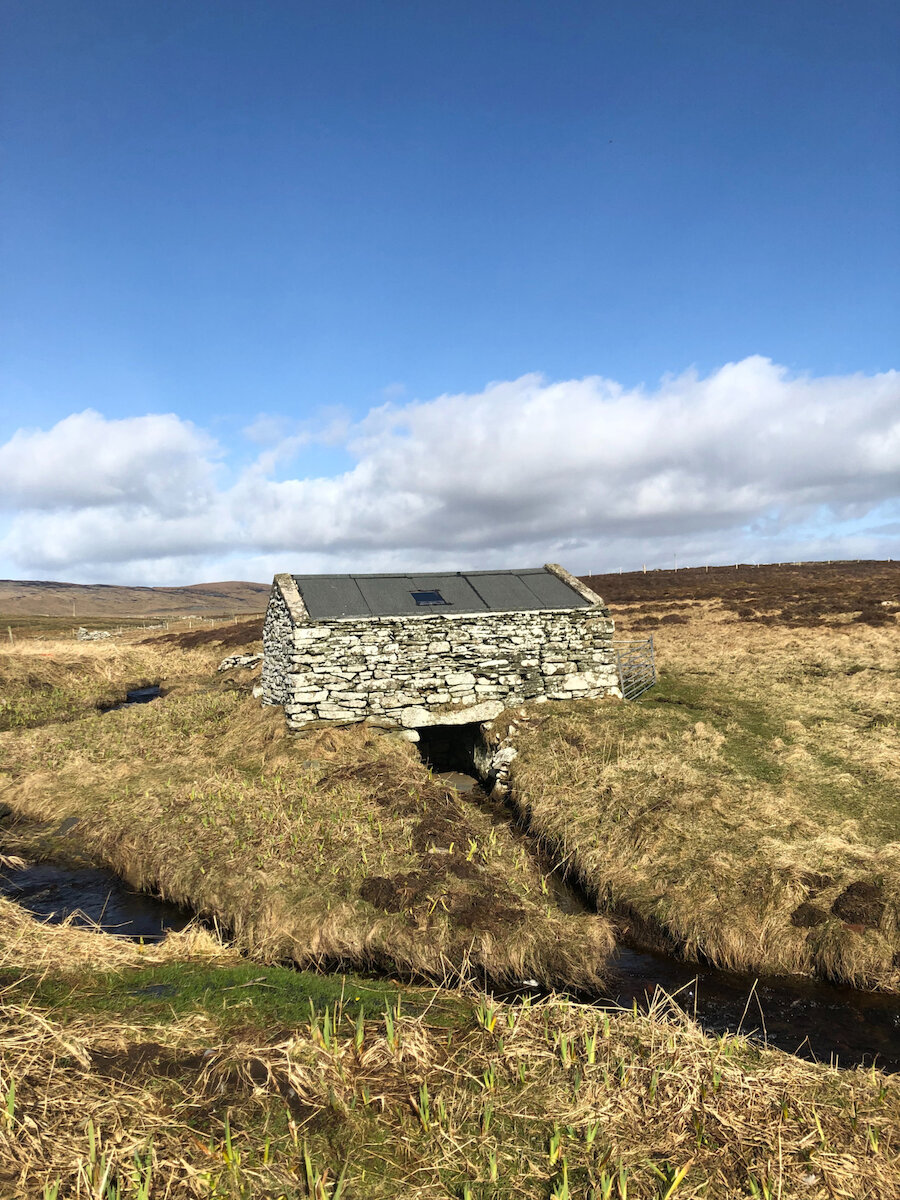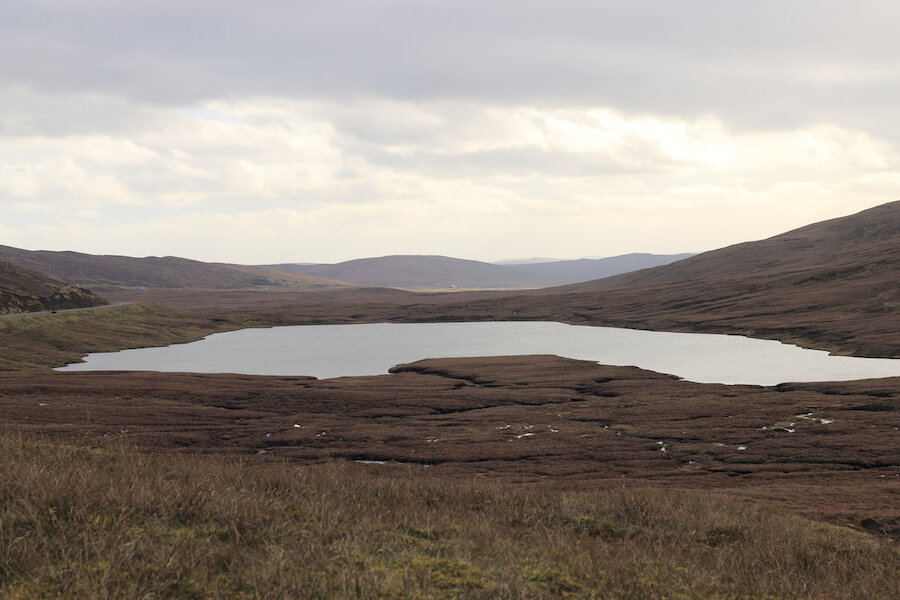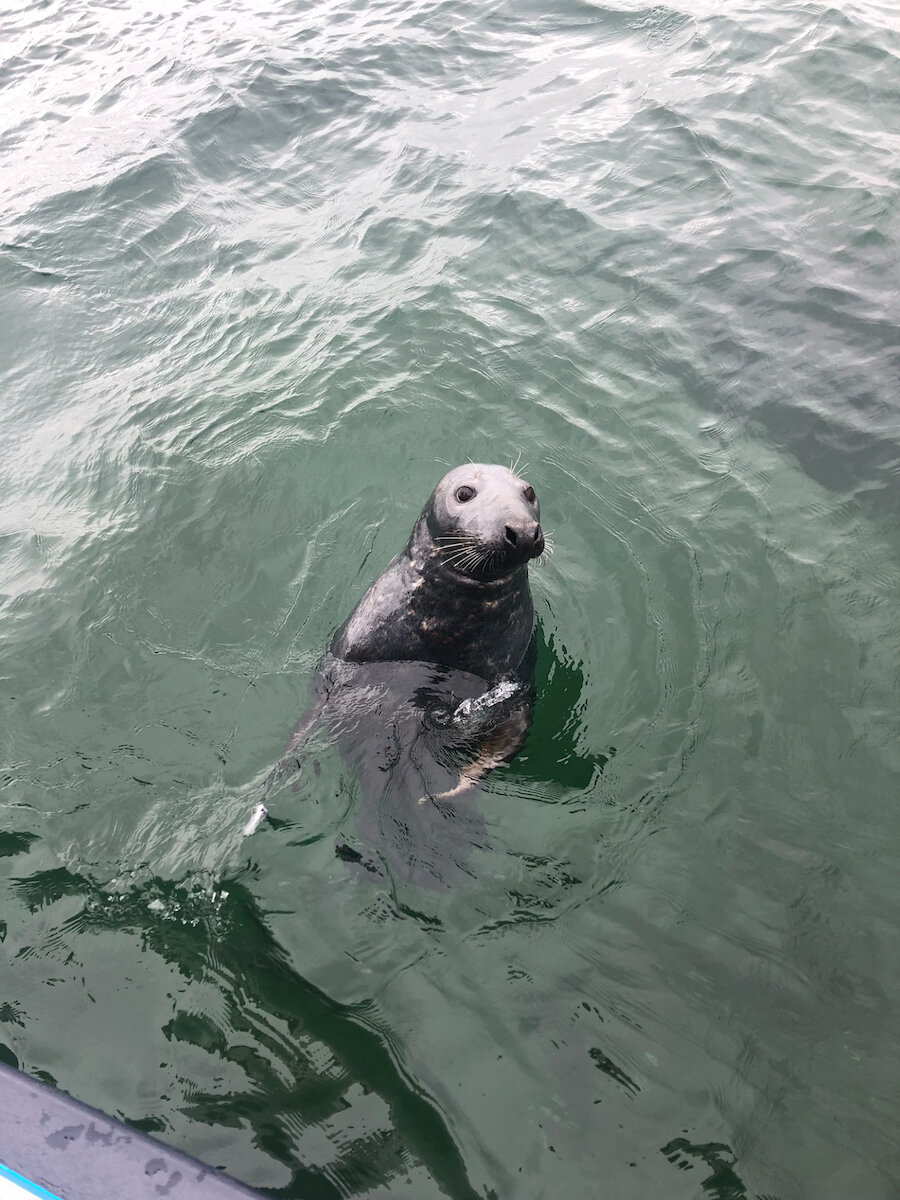Njuggles (or njuggl)
Njuggles are another feature of Shetland’s folklore, but much more feared than the trow. A njuggle is a mythical horse-like creature, similar to the Scottish kelpie, who lures unsuspecting people onto their winged-backs before careering off, carrying them to a watery grave. Njuggles are almost always associated with water – burns and lochs, or damp areas such as meadows and marshes.
Njuggles were the most dangerous to milling, they would get into the mill’s underhouse and stop the tirl (the mechanism that drives the mill). The only way to get rid of the njuggle was to throw down a burning peat, where the njuggle would then disappear with a roar of thunder, a blinding flash and a blue flame.
Where trows were generally just mischievous, the arrival of a njuggle was almost always a dangerous encounter and these creatures were very much feared for they always meant ill.
Sea creatures
It’s unsurprising that, given Shetland’s reliance on the sea, sea creatures are a prominent feature in stories from the folklore. The sea was a food source, plentiful and abundant, but it was also a dangerous expanse, shrouded in mystery with unknown monsters lurking below the waters.
In days before modern weather forecasting, fishermen depended entirely on their senses and freak-weather was often explained by a higher power – in the case of sudden storms, or freak waves, these were usually blamed on witchcraft, and the work of someone who wished to do the boat, and or, a member of the crew an ‘ill turn’.
Fishermen were terribly superstitious and very much believed in other-worldly beings. The sea was a dangerous highway for the men who went to the fishing or used it for transport and there are many stories, unsurprisingly, from folklore associated with the sea.
Witches
Witches were women in the community believed to have powers. No favour that these women asked of a neighbour was ever refused for fear of repercussions. They were often avoided, sometimes shunned and periodically sought out in a family’s hour of need but, generally, they were always quietly respected and feared in equal measures.
There are many stories across Shetland of women with healing powers, those who were able to help an ailing child or animal, particularly if they had come under a trowie spell or curse. These women are generally portrayed in folklore as older spinsters who live alone and have powers greater than the everyday being.
These witches, on the whole, were harmless, yet quietly feared. Throughout the 17th century, many women were tried and executed for witchcraft during a particularly bleak period in our history. The last witches are thought to have been executed around 1700 in Scalloway.



